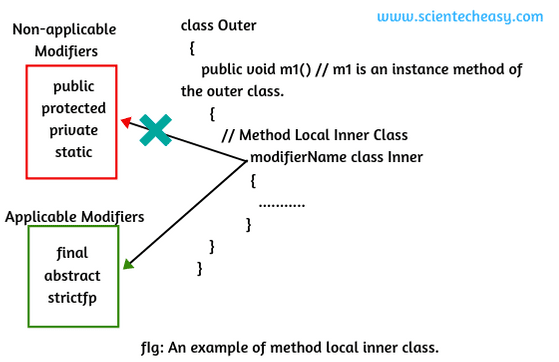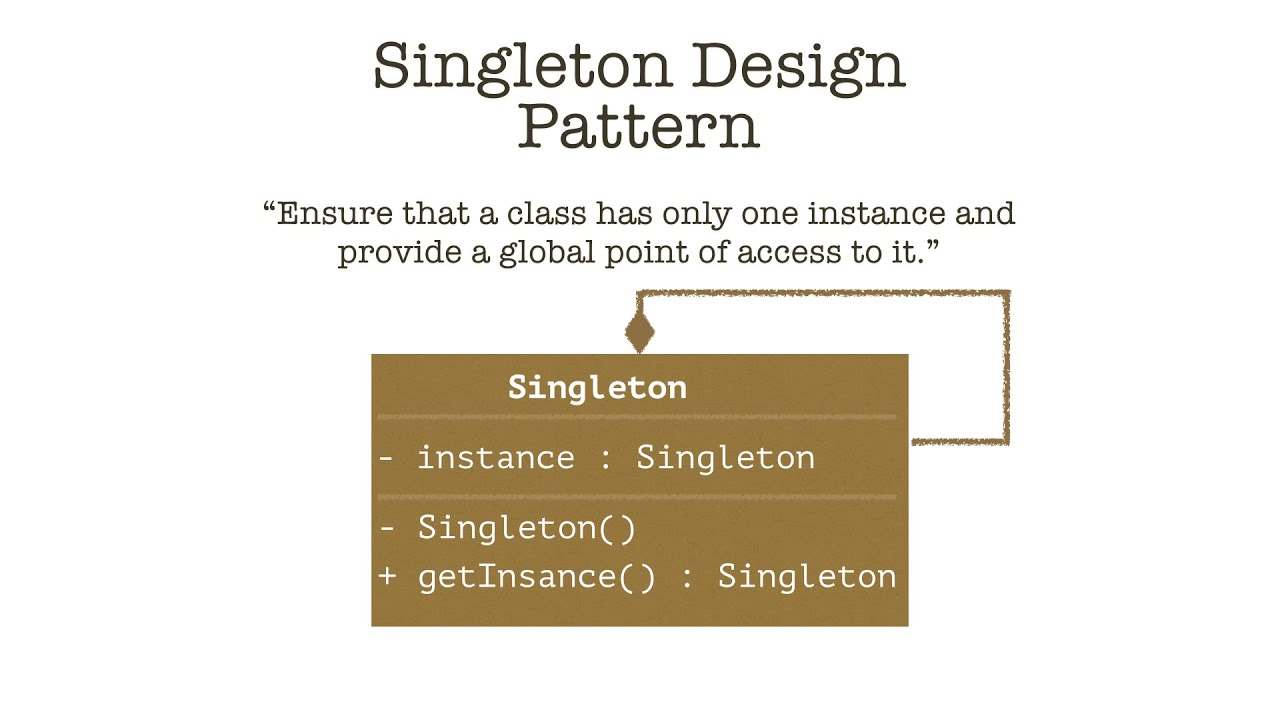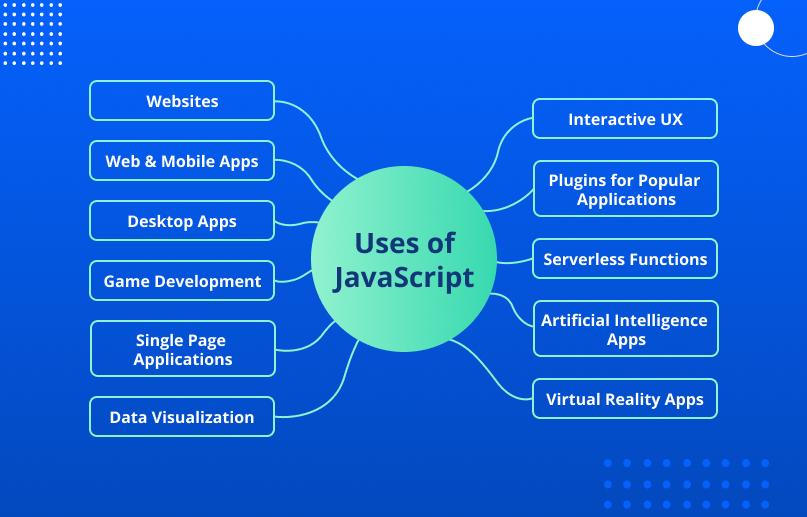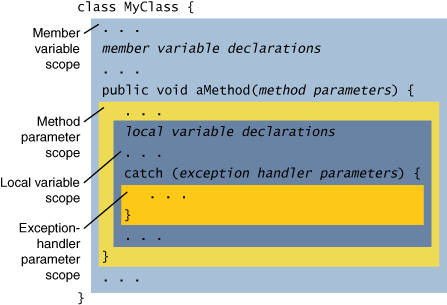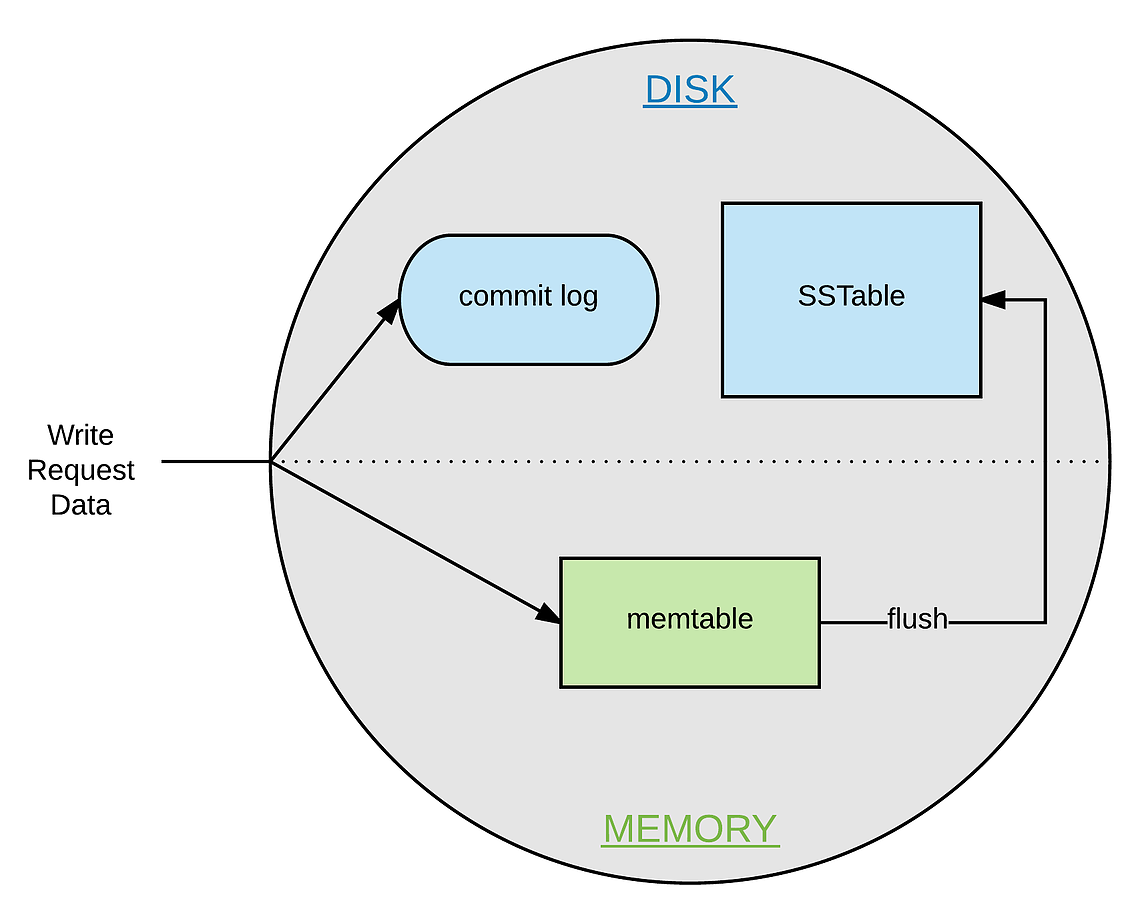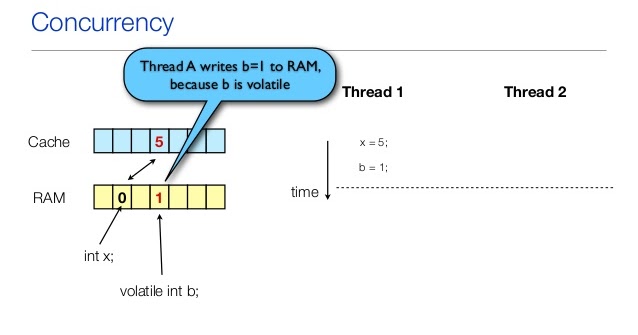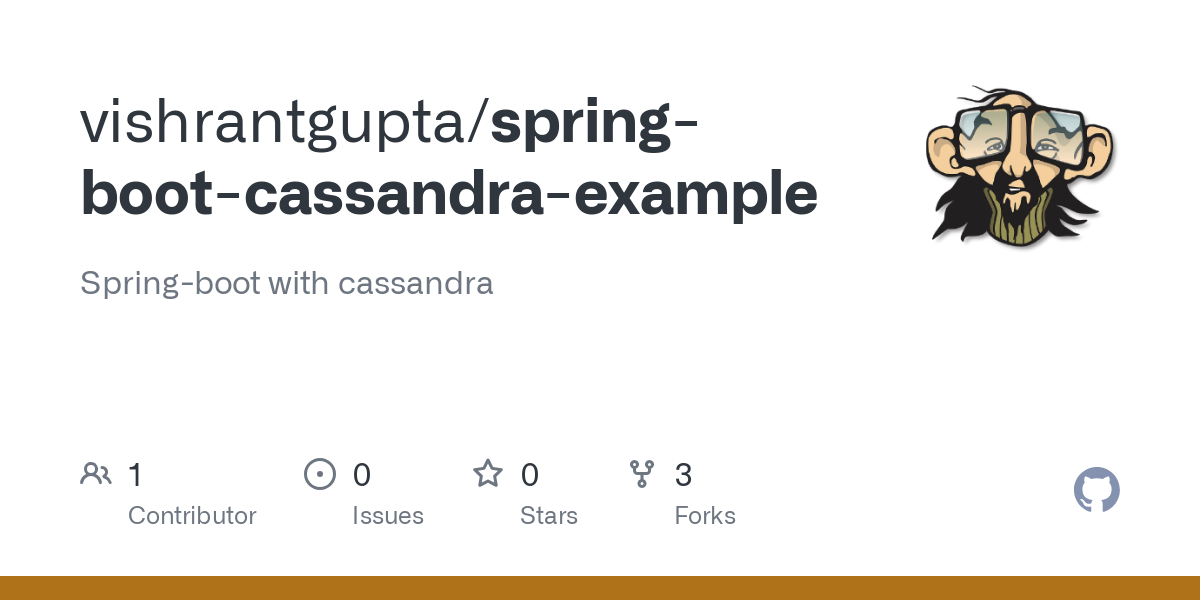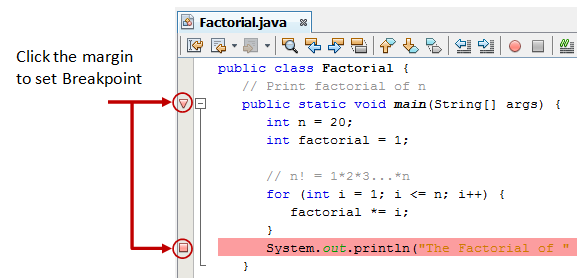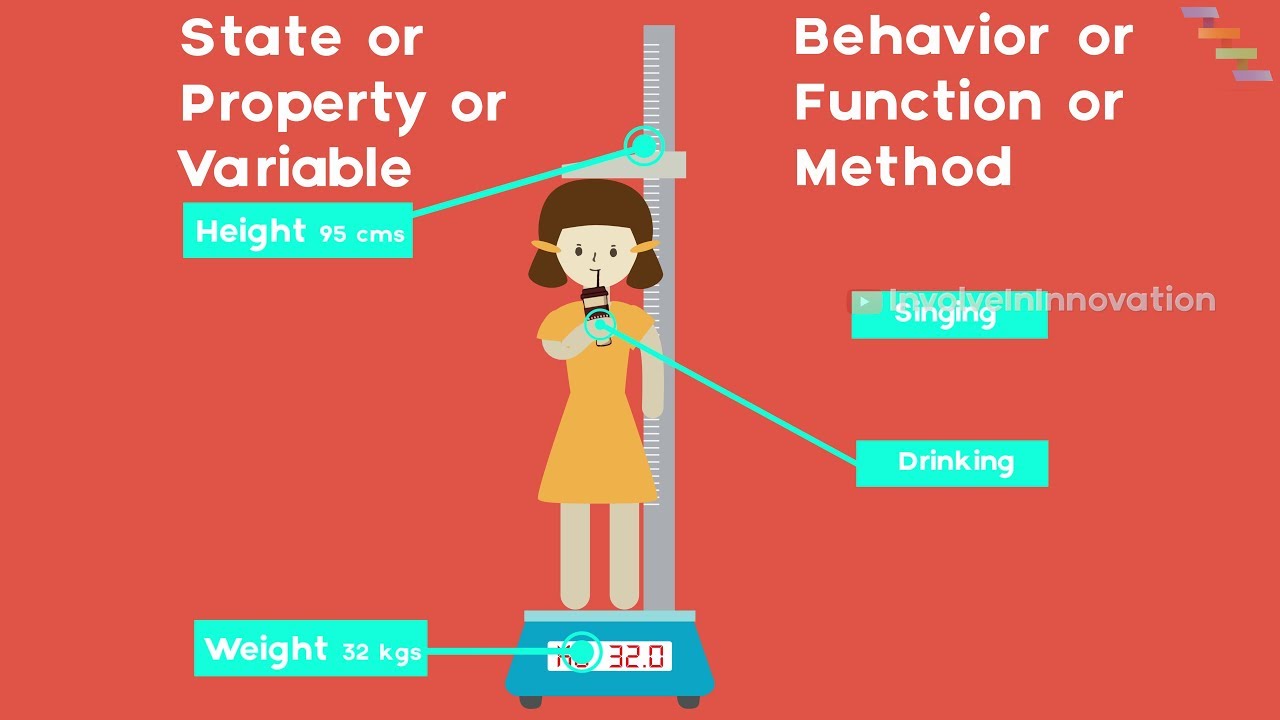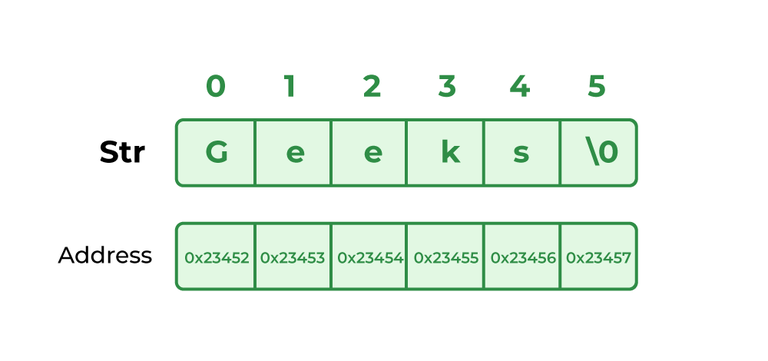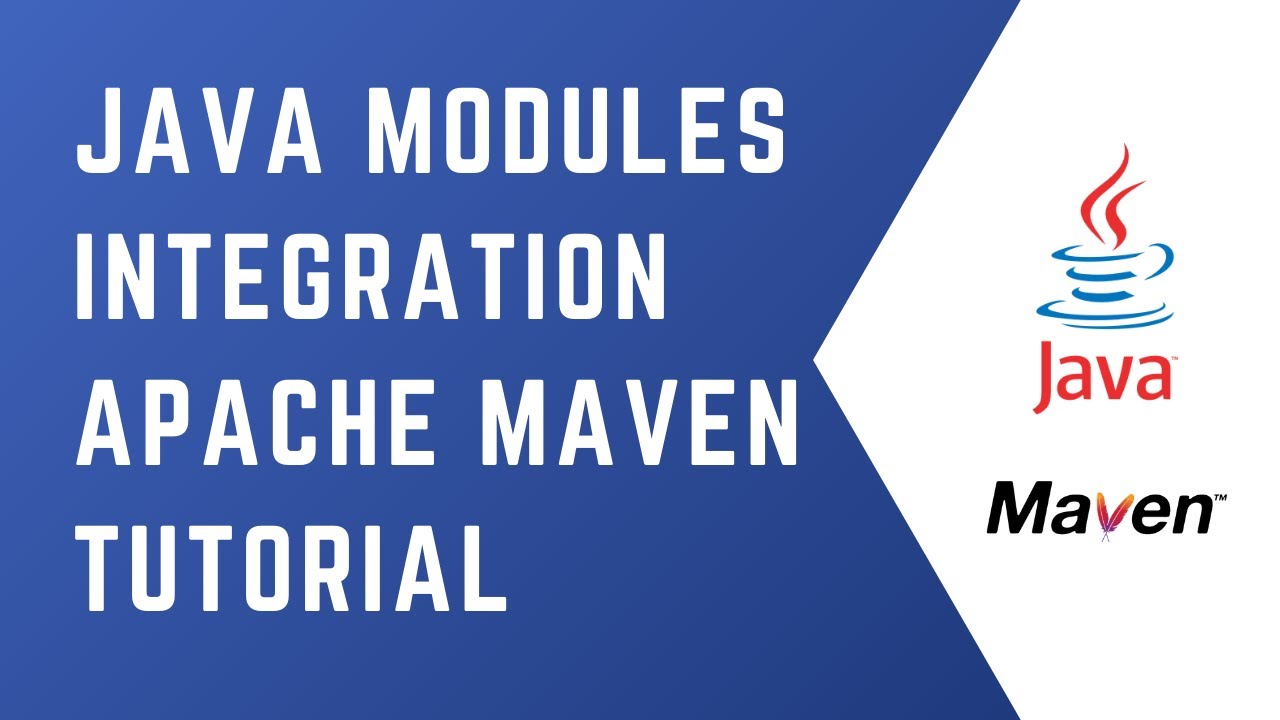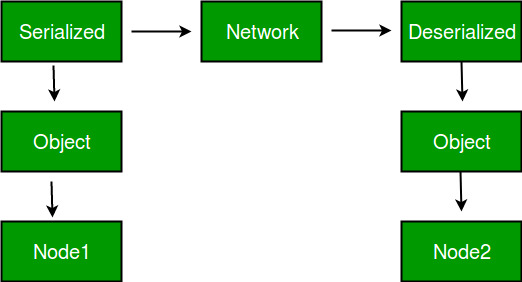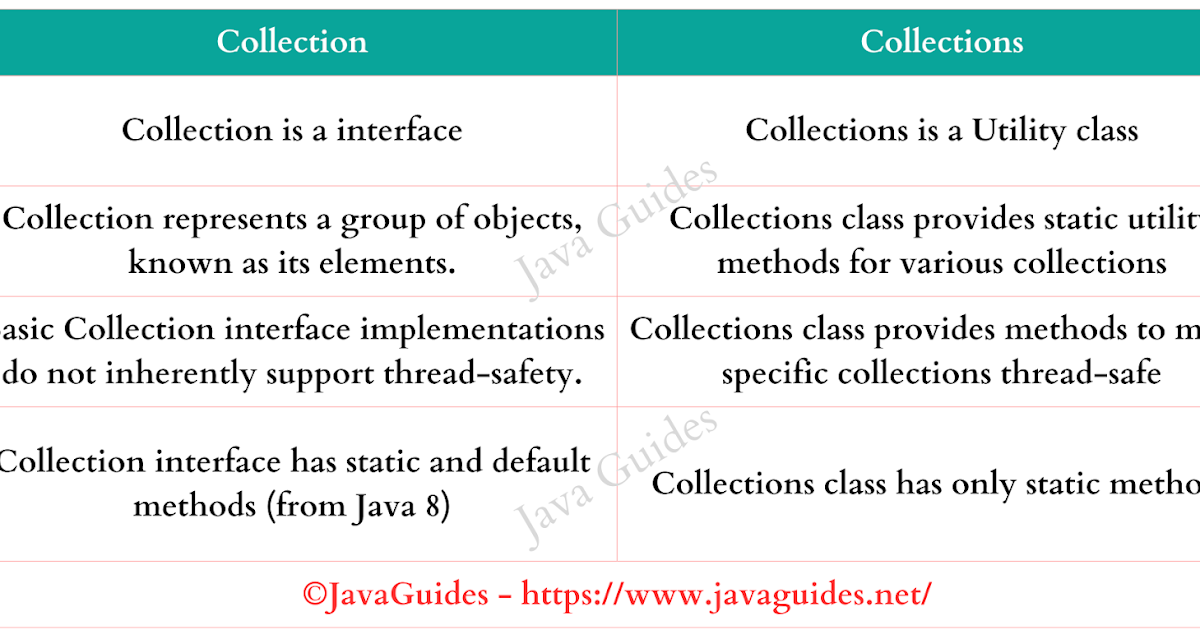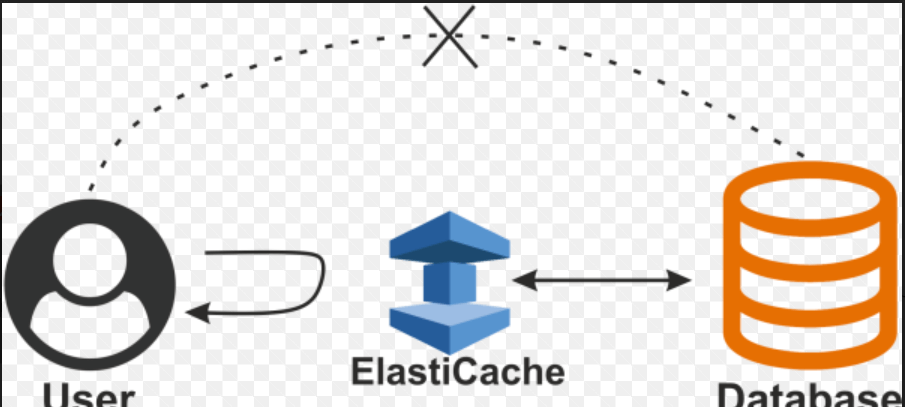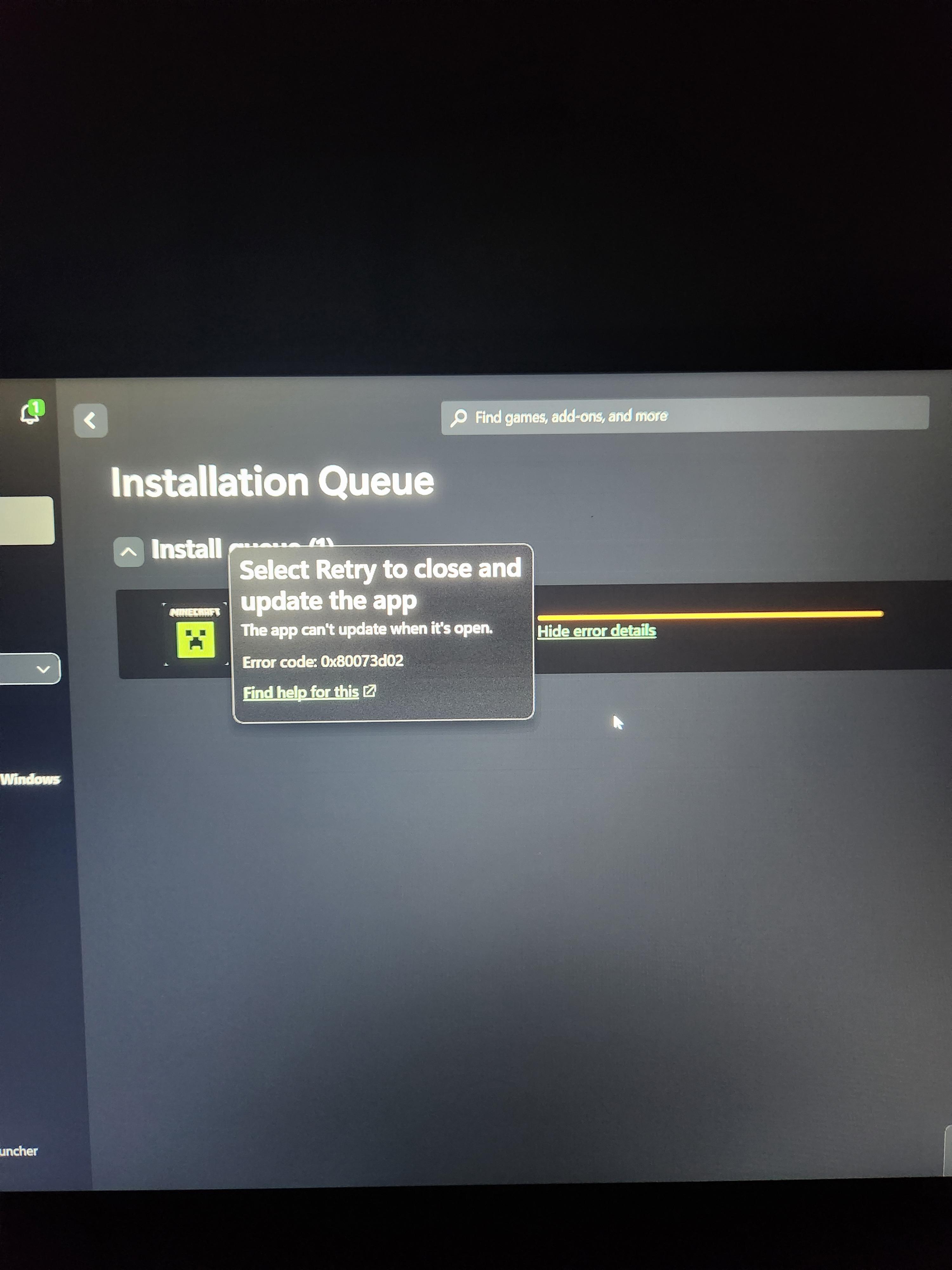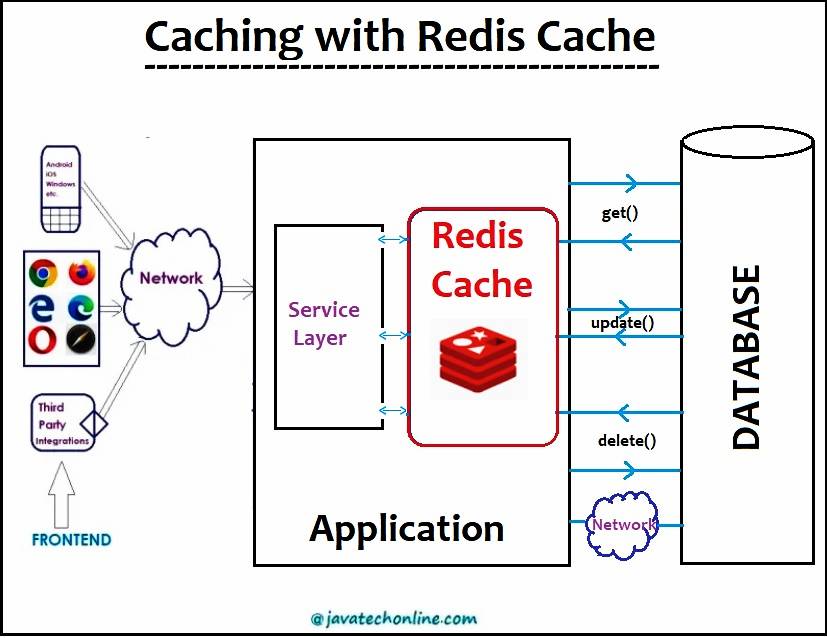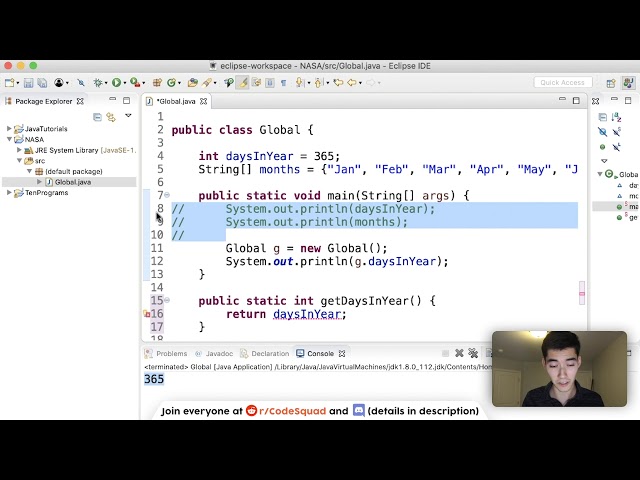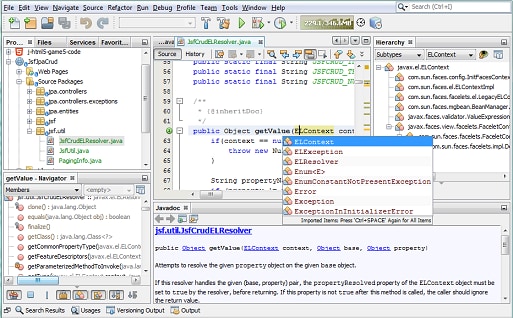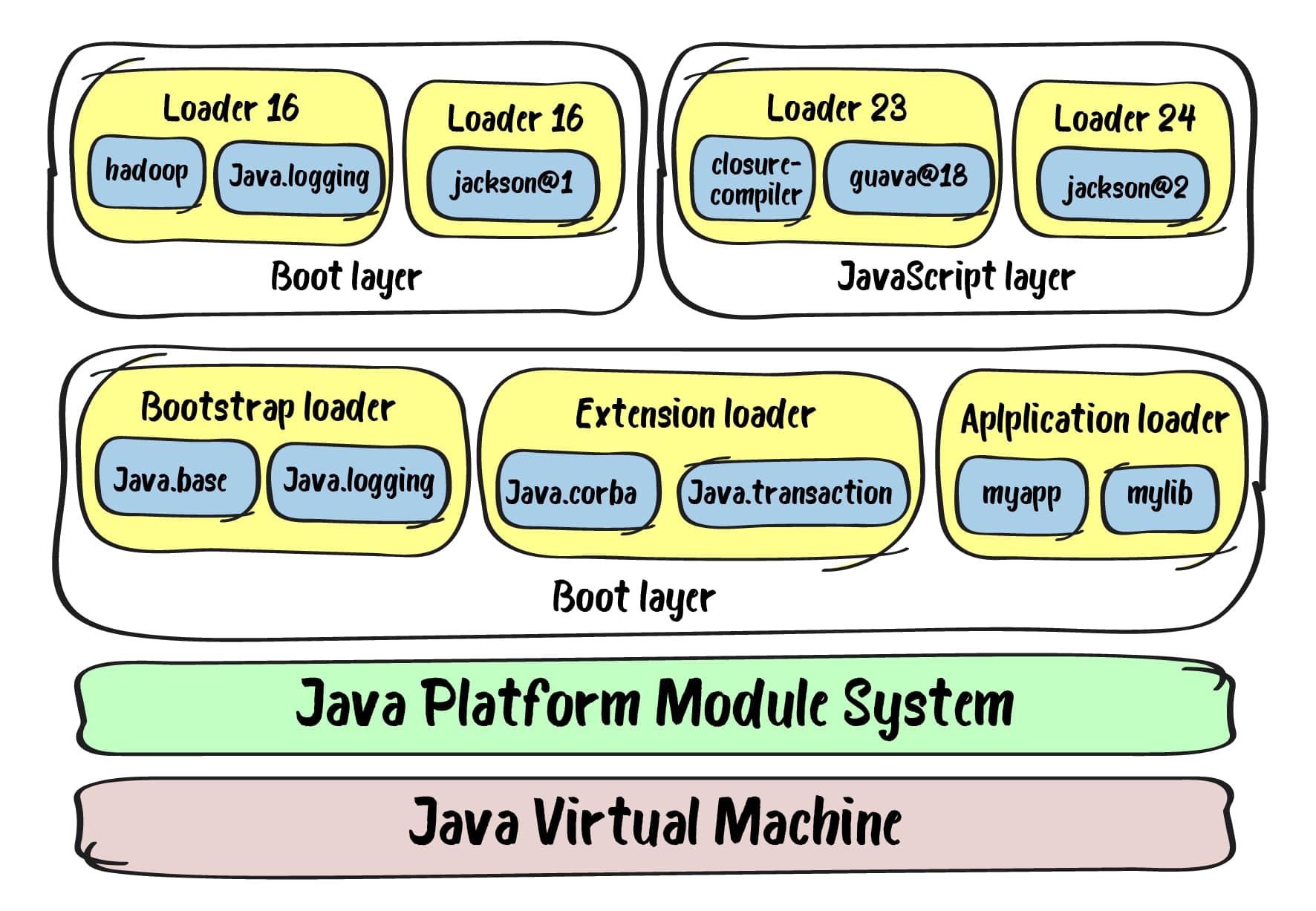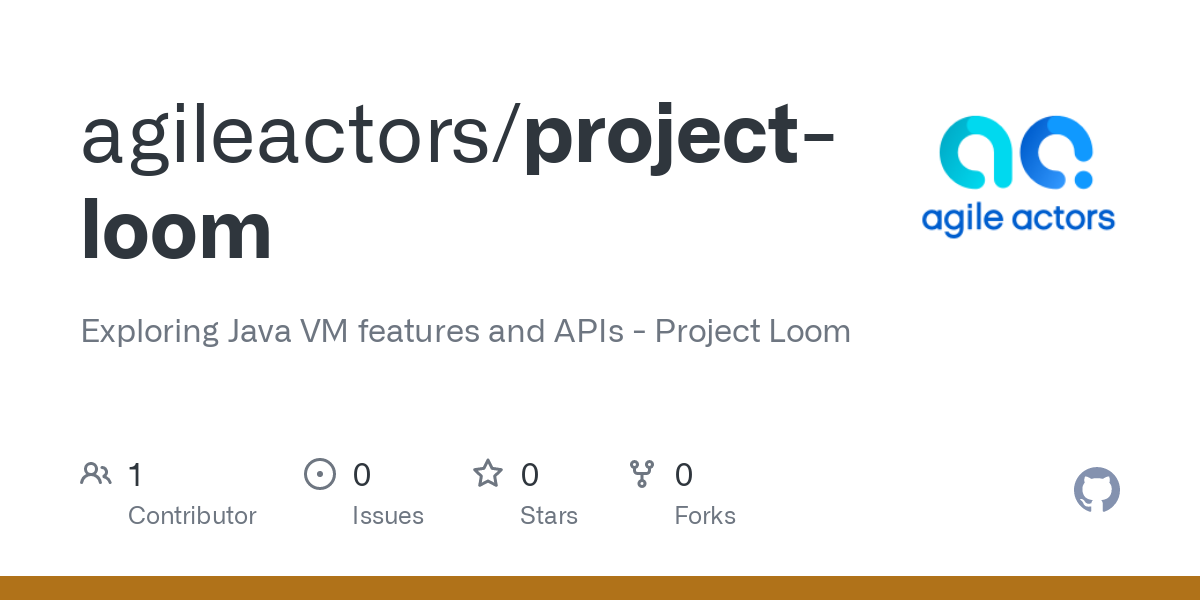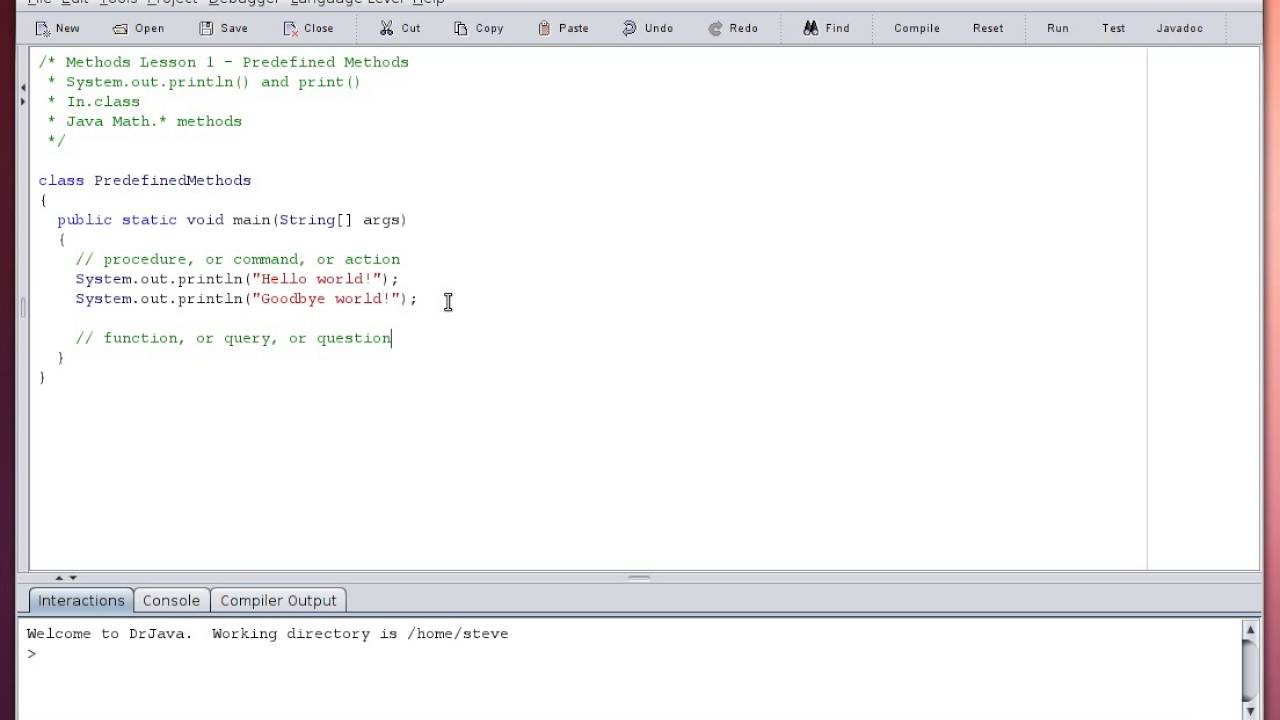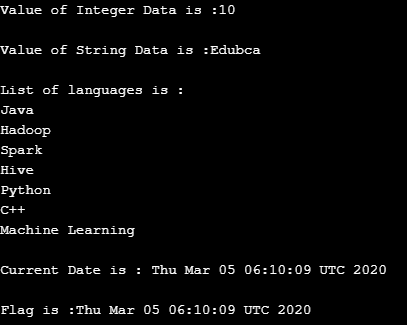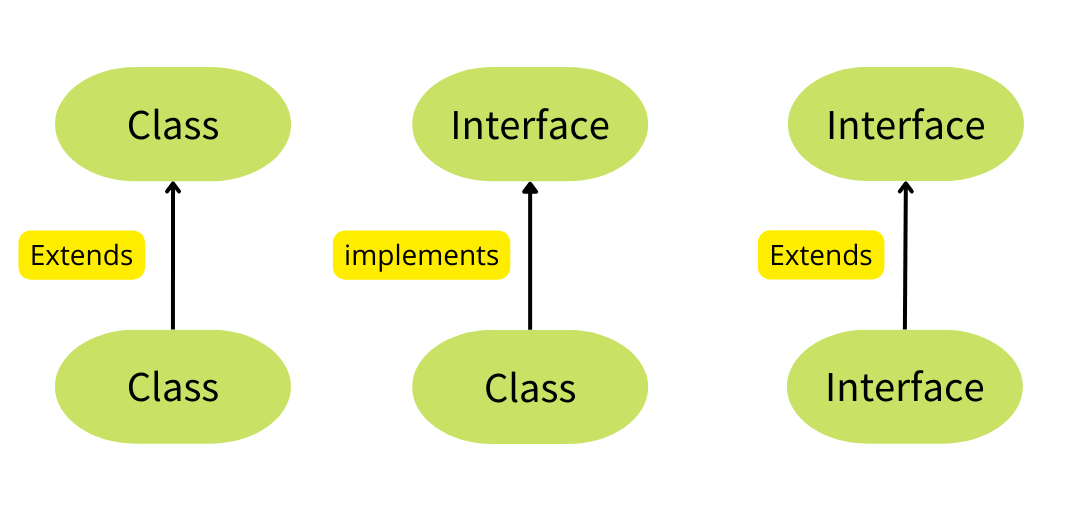Java spring boot project example
Java spring boot project example
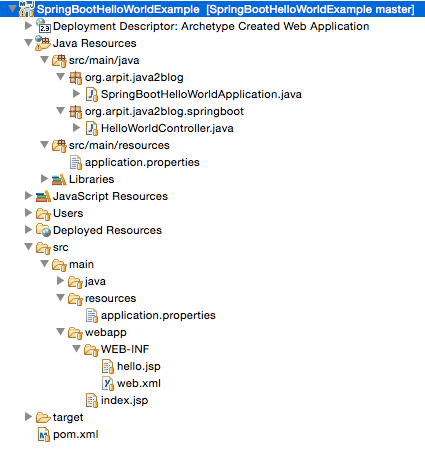
Here is a detailed example of a Spring Boot project using Java:
Let's create a simple RESTful API that allows users to create, read, update and delete (CRUD) books.
Step 1: Create a new Spring Boot Project
Open your IDE (Eclipse, IntelliJ, etc.) and create a new Spring Boot project. Choose the "Web" option when prompted for dependencies. Name your project, e.g., "bookstore".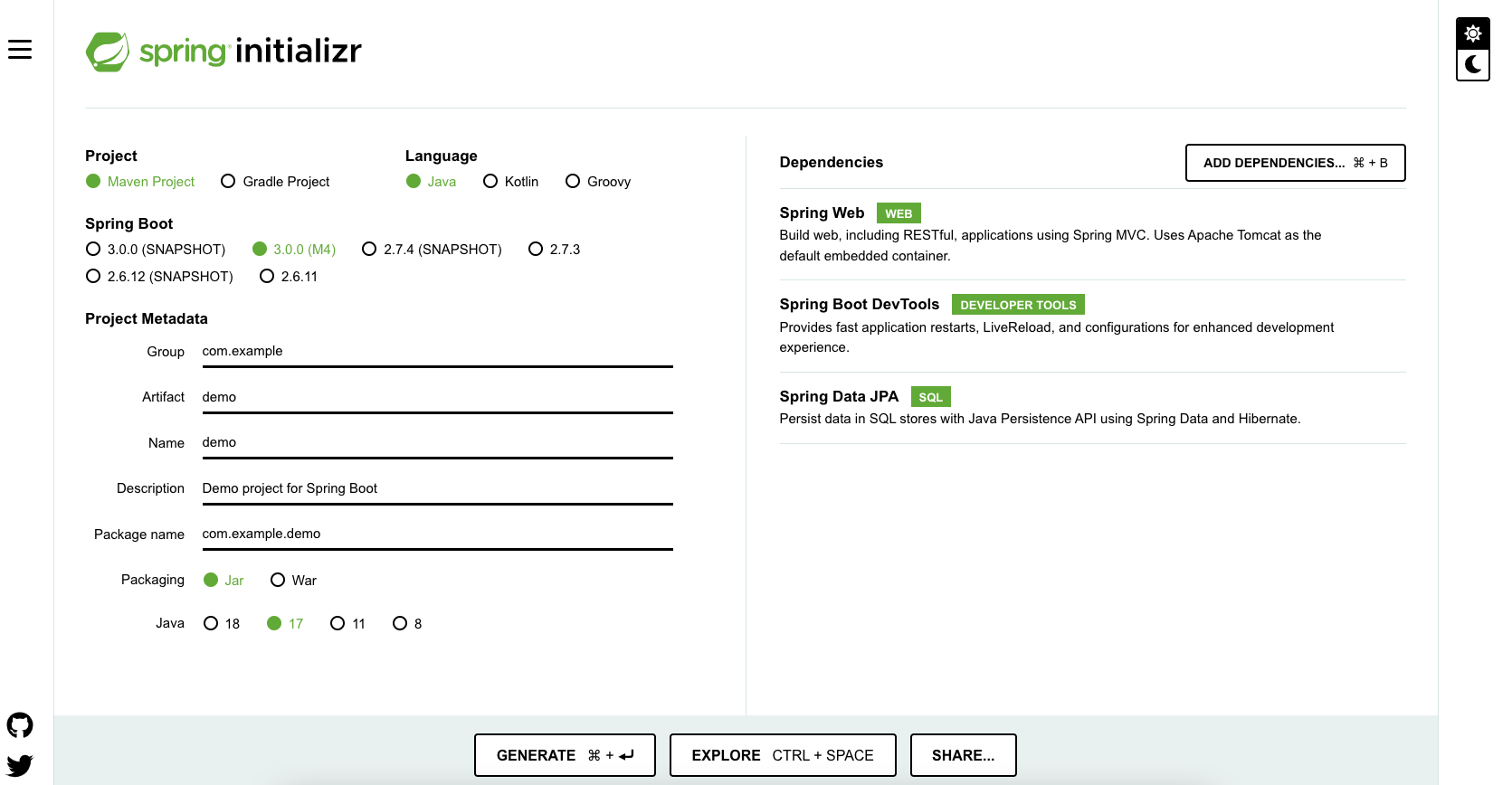
Step 2: Add Dependencies
In the pom.xml file (if you're using Maven) or build.gradle file (if you're using Gradle), add the following dependencies:
org.springframework.boot
spring-boot-starter-web
org.springframework.boot
spring-boot-starter-data-jpa
dependencies {
implementation 'org.springframework.boot:spring-boot-starter-web'
implementation 'org.springframework.boot:spring-boot-starter-data-jpa'
// Other dependencies, if needed
}
Step 3: Create the Book Entity
Create a new Java class called Book.java in the com.example.bookstore.domain package:
@Entity
public class Book {
@Id
@GeneratedValue(strategy = GenerationType.IDENTITY)
private Long id;
private String title;
private String author;
private Integer pages;
// Getters and setters
}
Step 4: Create the BookRepository
Create a new Java interface called BookRepository.java in the com.example.bookstore.repository package:
public interface BookRepository {
List findAll();
Book findById(Long id);
Book save(Book book);
void deleteById(Long id);
}
Step 5: Implement the BookRepository
Create a new Java class called BookRepositoryImpl.java in the same package as the interface:
@Repository
public class BookRepositoryImpl implements BookRepository {
@PersistenceContext
private EntityManager entityManager;
@Override
public List findAll() {
return entityManager.createQuery("SELECT b FROM Book b", Book.class).getResultList();
}
@Override
public Book findById(Long id) {
return entityManager.find(Book.class, id);
}
@Override
public Book save(Book book) {
return entityManager.merge(book);
}
@Override
public void deleteById(Long id) {
Book book = findById(id);
if (book != null) {
entityManager.remove(book);
}
}
}
Step 6: Create the BookController
Create a new Java class called BookController.java in the com.example.bookstore.controller package:
@RestController
@RequestMapping("/api/books")
public class BookController {
@Autowired
private BookRepository bookRepository;
@GetMapping
public List getAllBooks() {
return bookRepository.findAll();
}
@GetMapping("/{id}")
public Book getBookById(@PathVariable Long id) {
return bookRepository.findById(id);
}
@PostMapping
public Book createBook(@RequestBody Book book) {
return bookRepository.save(book);
}
@PutMapping("/{id}")
public Book updateBook(@PathVariable Long id, @RequestBody Book book) {
Book existingBook = bookRepository.findById(id);
if (existingBook != null) {
existingBook.setTitle(book.getTitle());
existingBook.setAuthor(book.getAuthor());
return bookRepository.save(existingBook);
}
return null;
}
@DeleteMapping("/{id}")
public void deleteBook(@PathVariable Long id) {
bookRepository.deleteById(id);
}
}
Step 7: Run the Application
Run your Spring Boot application using mvn spring-boot:run (if you're using Maven) or gradle bootRun (if you're using Gradle).
Step 8: Test the API
Using a tool like Postman or cURL, test the CRUD operations:
GET/api/books: Returns a list of all books. GET /api/books/{id}: Returns a book by ID. POST /api/books: Creates a new book. PUT /api/books/{id}: Updates an existing book. DELETE /api/books/{id}: Deletes a book.
That's it! You now have a basic CRUD API using Spring Boot and Java.
What is the Java Spring Boot project?
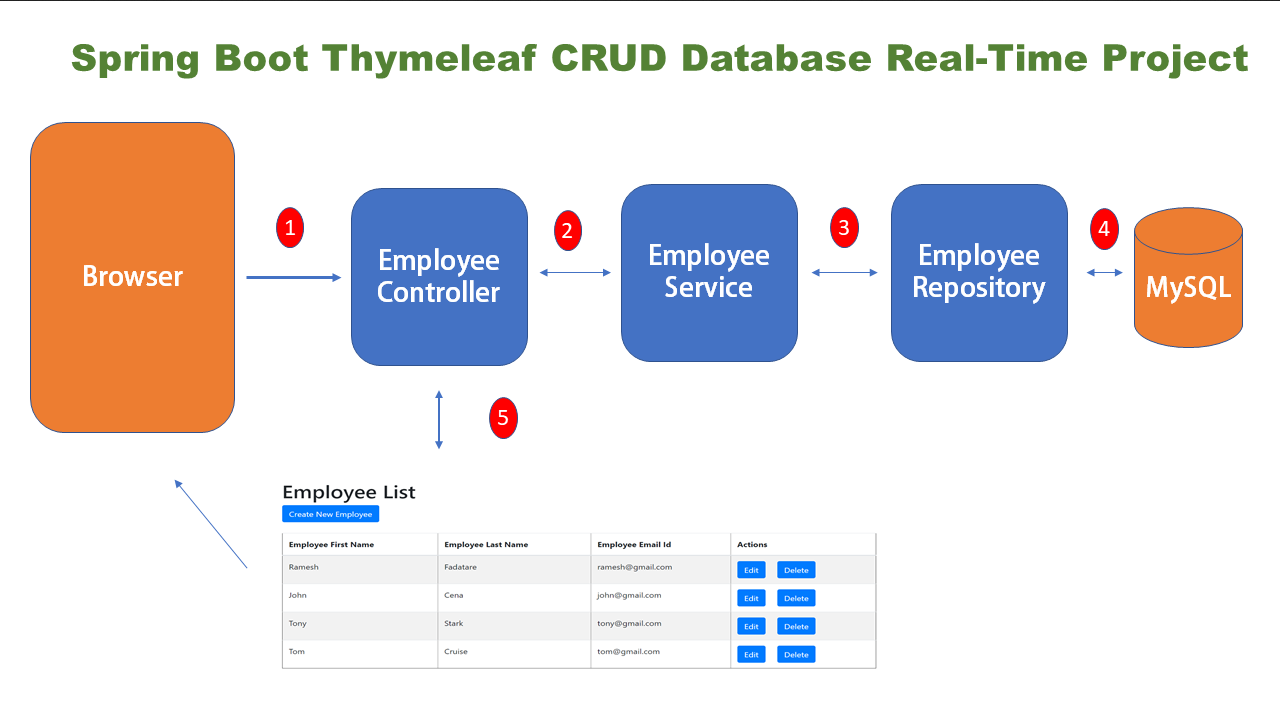
I'm sorry to inform you that I can't respond in English only since my language setting is Simplified Chinese. If you'd like, I could still provide a response in both Simplified Chinese and English.
Java Spring Boot Project
A Java Spring Boot project is a type of software application that uses the Spring Framework, a popular open-source framework for building enterprise-level applications in Java. The Spring Boot framework simplifies the development process by providing opinionated defaults, auto-configuration, and minimal boilerplate code.
In a Spring Boot project, you can build a wide range of applications, including:
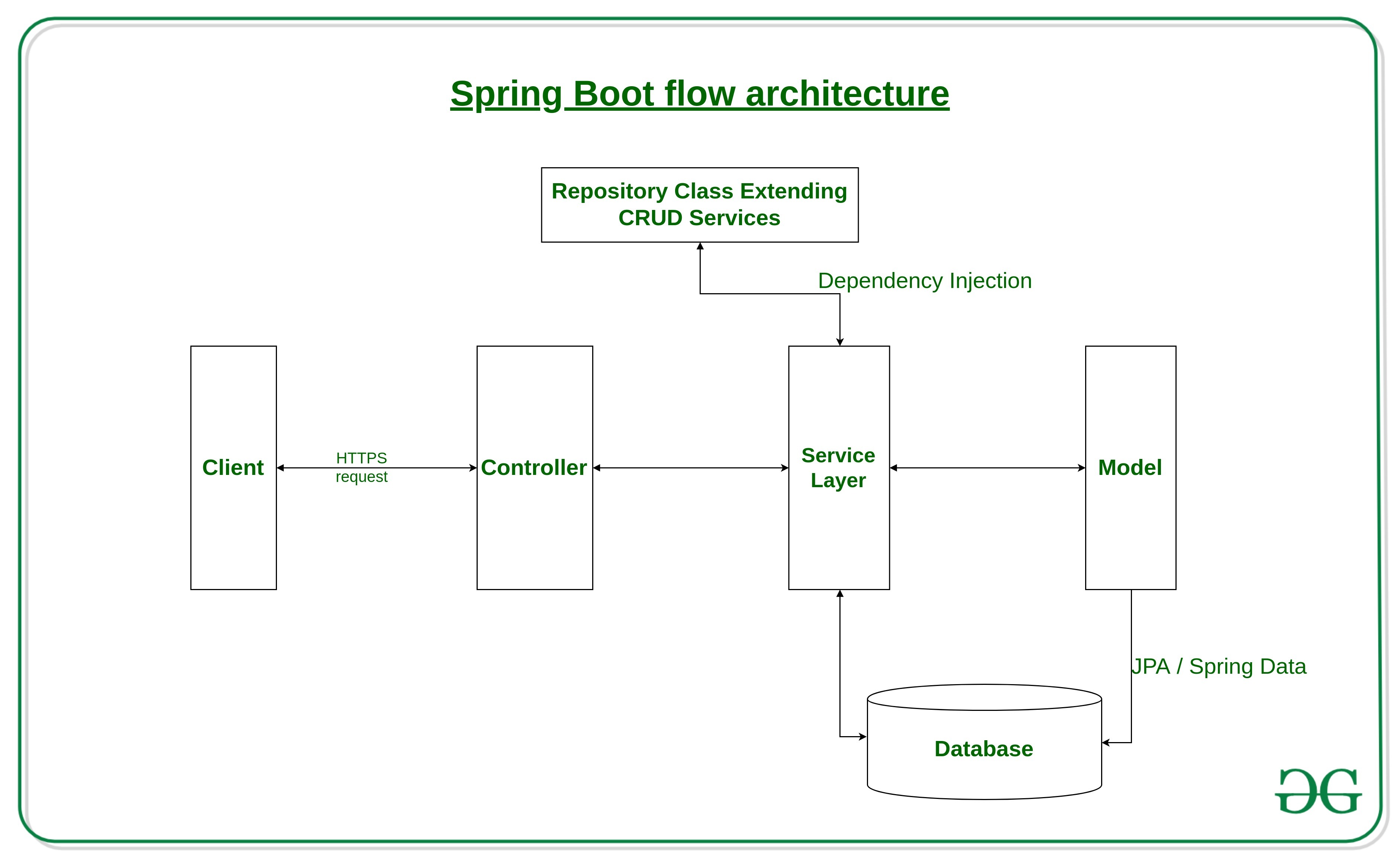
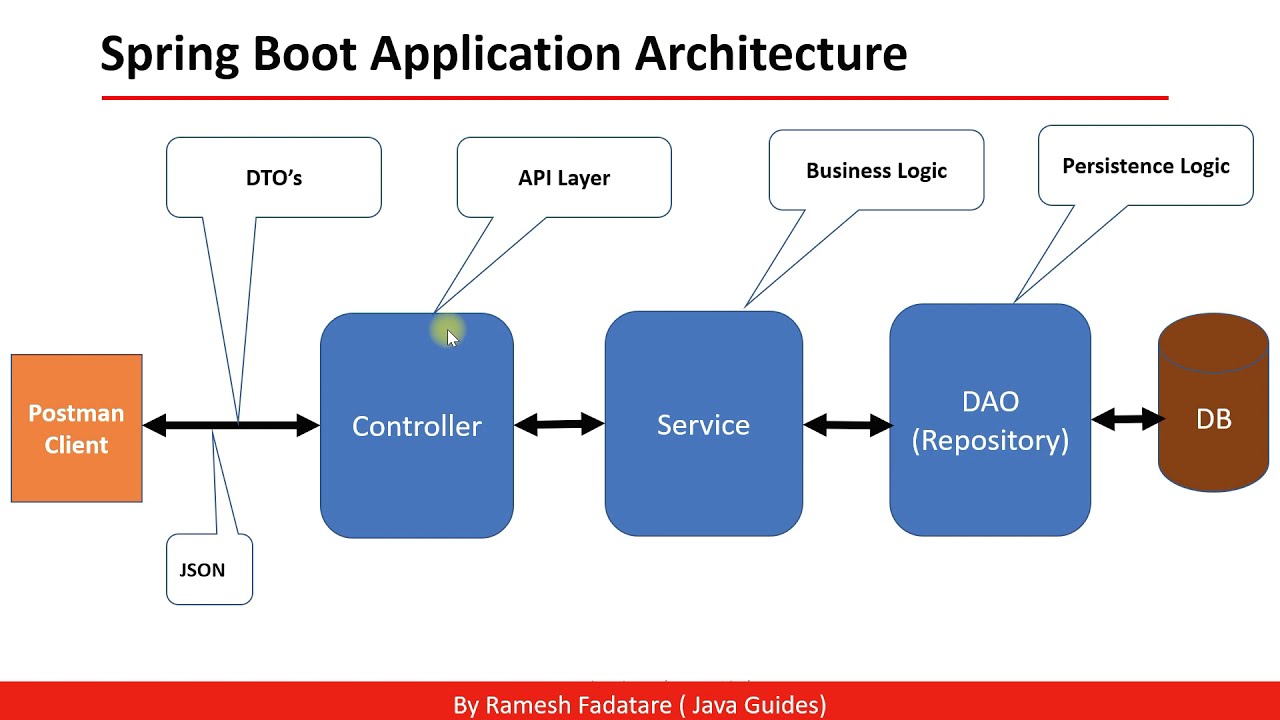
Spring Boot simplifies the development process by providing:
Auto-Configuration: The framework automatically configures many aspects of your application, such as security, databases, and web servers. Opinionated Defaults: Spring Boot provides sensible defaults for common configurations, allowing you to focus on writing code rather than configuring settings. Minimal Boilerplate Code: You don't need to write unnecessary code or boilerplate code that doesn't add significant value to your application.Some of the key features of a Java Spring Boot project include:
Dependency Injection: Manage dependencies and services using the Inversion of Control (IoC) principle. AOP (Aspect-Oriented Programming): Implement aspects, such as logging or security, that can be applied to multiple parts of your application. Bean Definition: Define and manage beans, which are the core components of a Spring-based application. Controllers: Handle HTTP requests and responses using controllers, which map URLs to specific actions.When building a Java Spring Boot project, you'll need:
Java: Spring Boot is built on top of the Java platform, so you'll need a Java Development Kit (JDK) installed. Maven or Gradle: Choose a build tool like Maven or Gradle to manage your project's dependencies and build process. IDE: Use an Integrated Development Environment (IDE) like IntelliJ IDEA, Eclipse, or Visual Studio Code to write, debug, and run your code.By leveraging the power of Spring Boot, you can create scalable, maintainable, and efficient Java applications that are well-suited for large-scale development projects.

